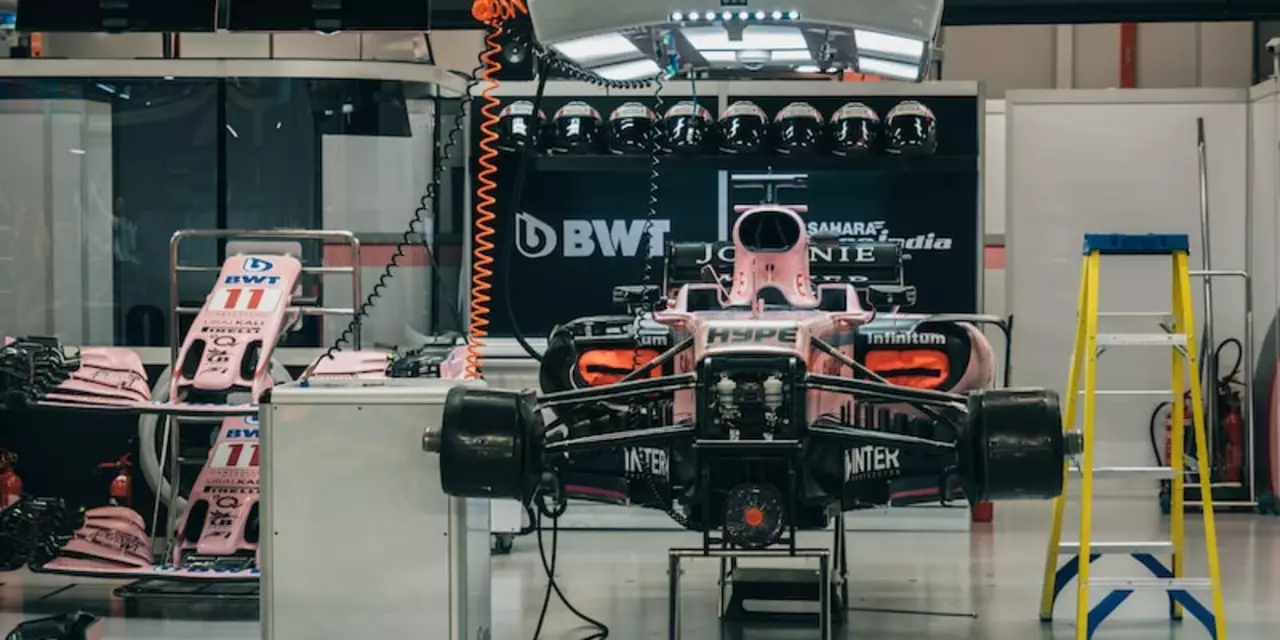Race Engineers – The Unsung Heroes Behind Every Win
Ever wonder who translates data into the split‑second decisions that win races? That’s the race engineer, the person in the pit box who talks to the driver, tweaks the car, and calls the strategy. Without them, even the fastest car would waste fuel, miss overtakes, and lose precious seconds.
What Does a Race Engineer Do?
A race engineer wears many hats. First, they act as the driver’s right‑hand on the track, answering questions like “How’s the tyre feel?” or “Do we need more downforce?” They collect telemetry, compare it to simulation data, and tell the driver what adjustments to make. Second, they design the race strategy – when to pit, which tyre compound to use, and how to react if a safety car appears. This planning is a blend of math, gut feeling, and real‑time communication.
During a race, the engineer monitors hundreds of data points: engine temperature, brake wear, fuel consumption, and aerodynamic load. They use this info to tell the driver, “Push a little harder on the straight” or “Back off on the brakes to avoid overheating.” After the session, they debrief the driver, point out where time was gained or lost, and set up the car for the next run.
How to Become a Race Engineer
If you love cars and data, the path to the pit box isn’t as mysterious as it seems. Start with a degree in mechanical engineering, motorsport engineering, or a related field. Many universities now offer specialized motorsport modules that cover vehicle dynamics, data analysis, and race strategy.
Internships are crucial. Teams at every level – from karting clubs to Formula 1 outfits – need hands‑on help with set‑ups and testing. Grab any opportunity to work on a race weekend, even if it’s just cleaning tyres or logging lap times. Those hours translate into real‑world experience that employers value.
Build your technical toolkit. Learn how to use data‑logging software like MoTeC or Pi Toolbox, get comfortable with CAD for car parts, and practice coding in Python or MATLAB to crunch numbers quickly. The more tools you master, the faster you’ll earn the trust of drivers and team managers.
Networking matters. Attend motorsport conferences, join online forums, and follow race engineers on social media. Ask for informational interviews – most pros love to share a story about how they got started.
Finally, develop soft skills. Clear, calm communication under pressure separates a good engineer from a great one. Practice explaining complex data in plain language; you’ll need to do it in front of a driver who’s focused on the next corner.
In short, a race engineer blends engineering knowledge, data analysis, and people skills to turn a car into a winning machine. Whether you’re aiming for a local karting team or the pinnacle of F1, start learning the basics, get hands‑on experience, and keep the conversation with drivers simple and actionable. The pit lane is waiting for your expertise.
